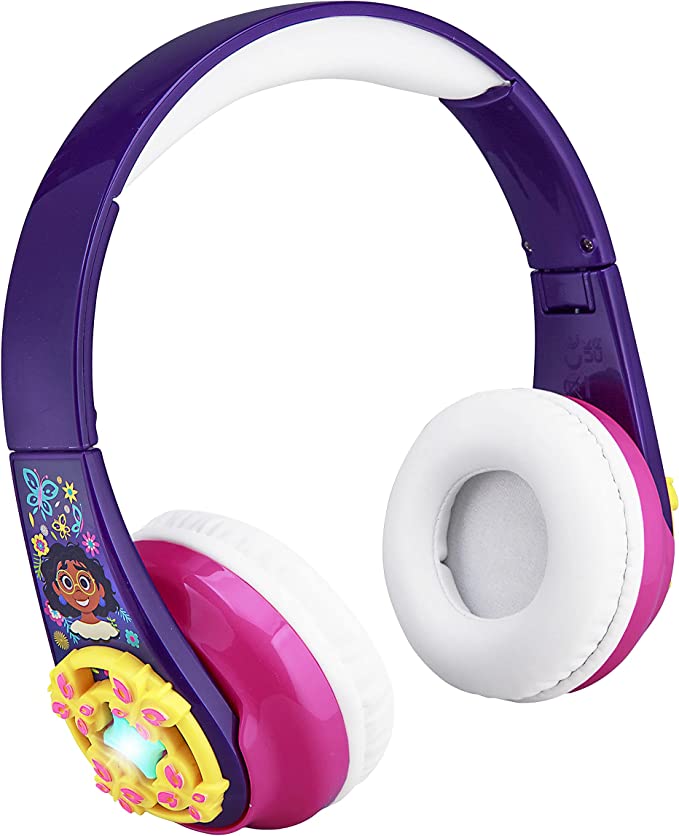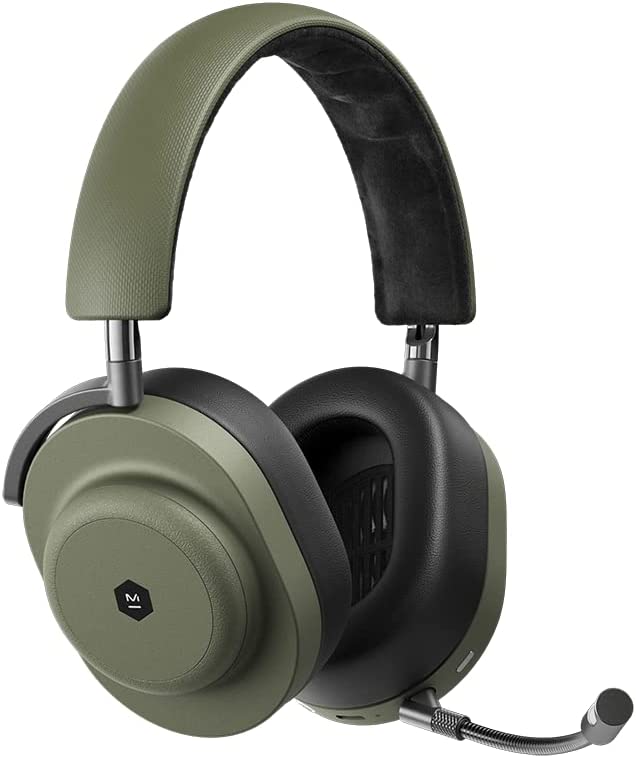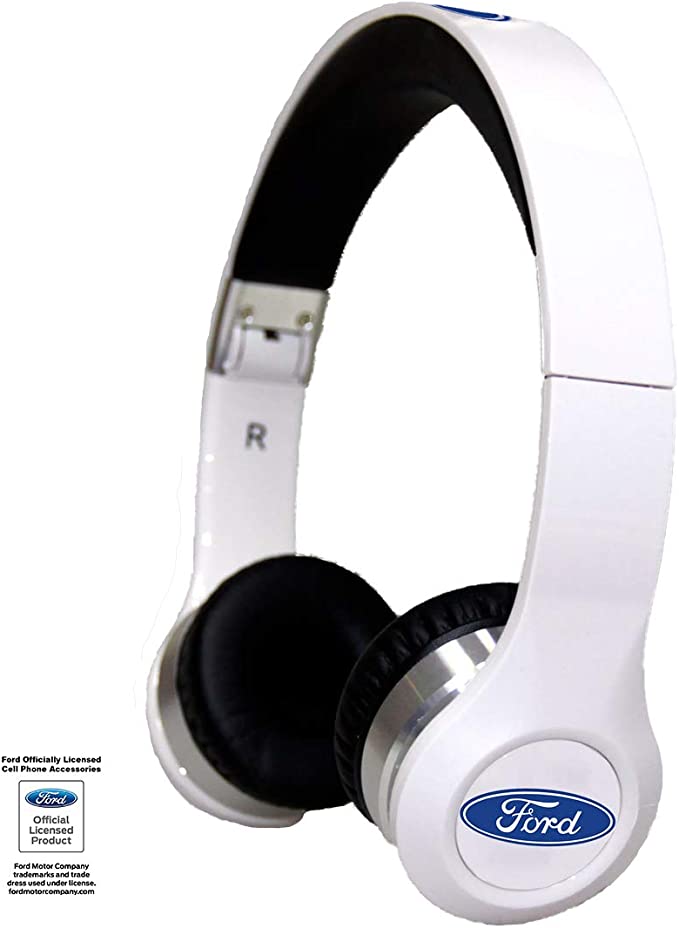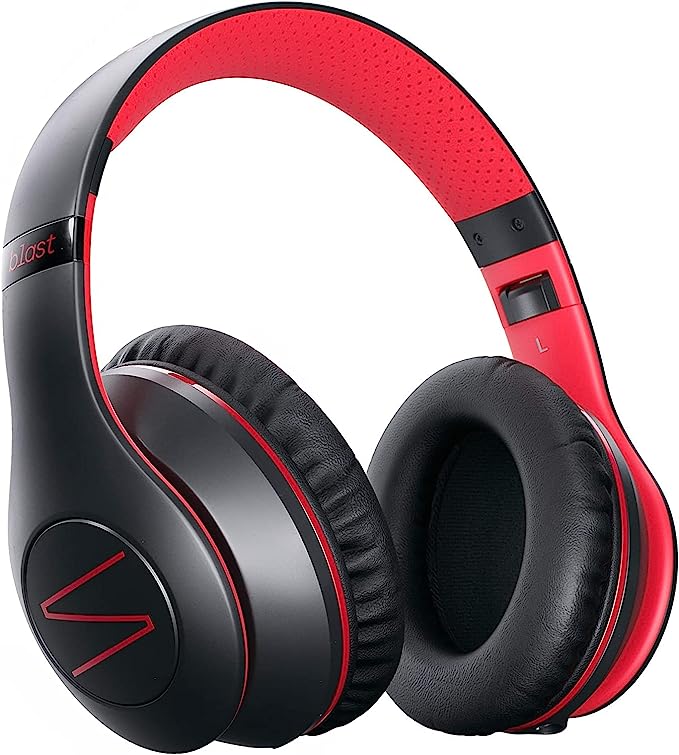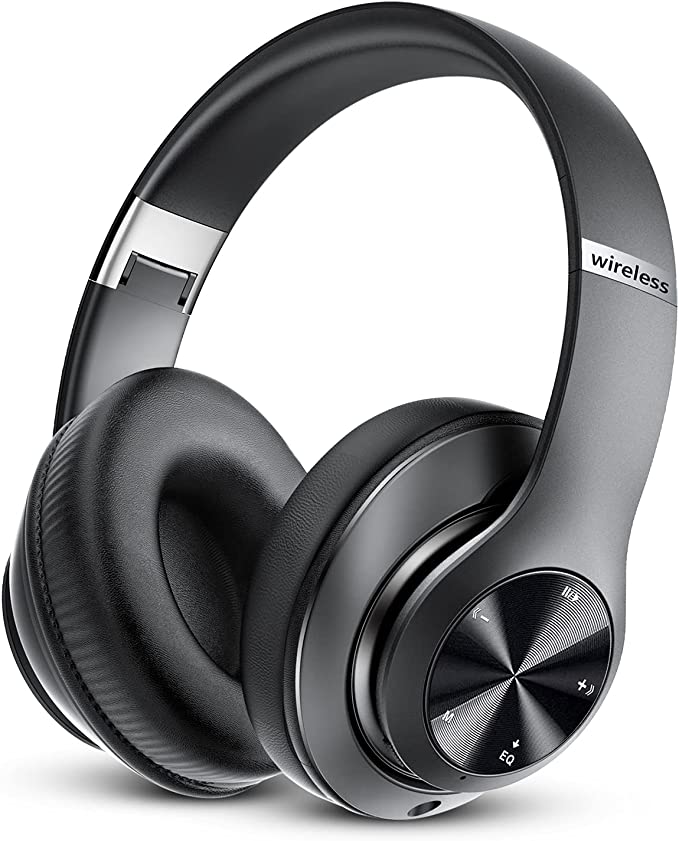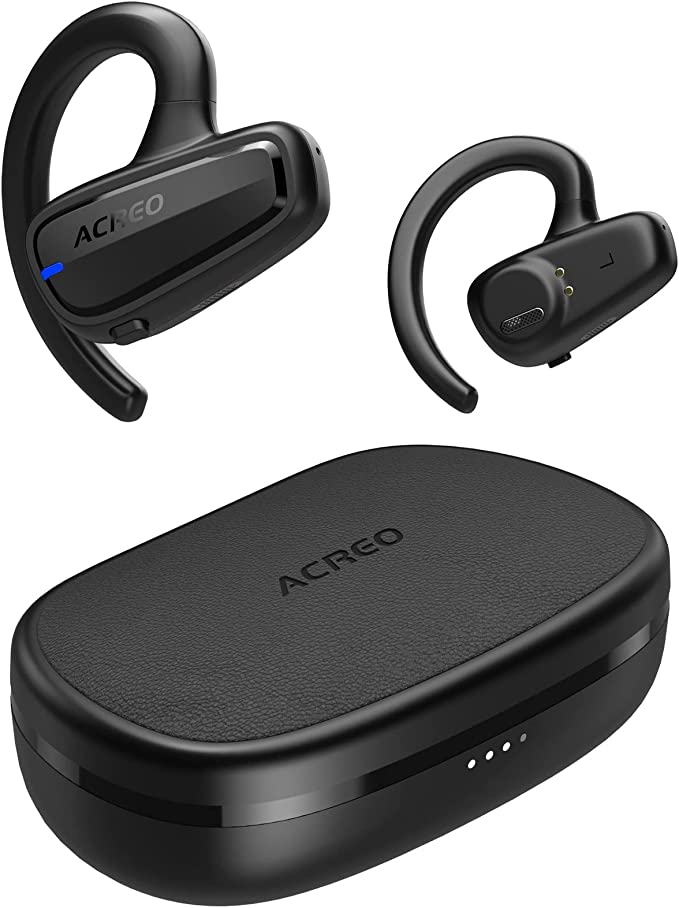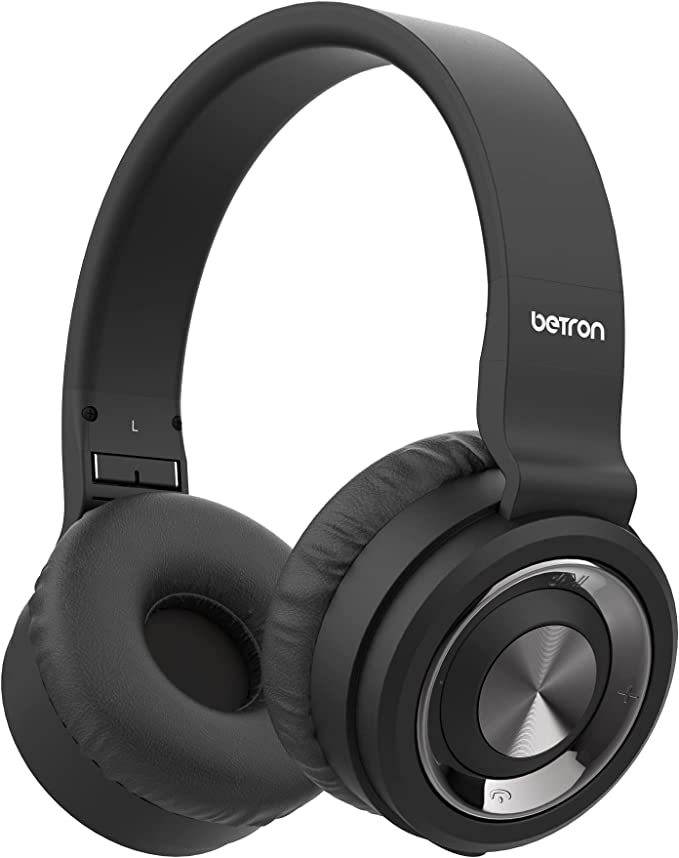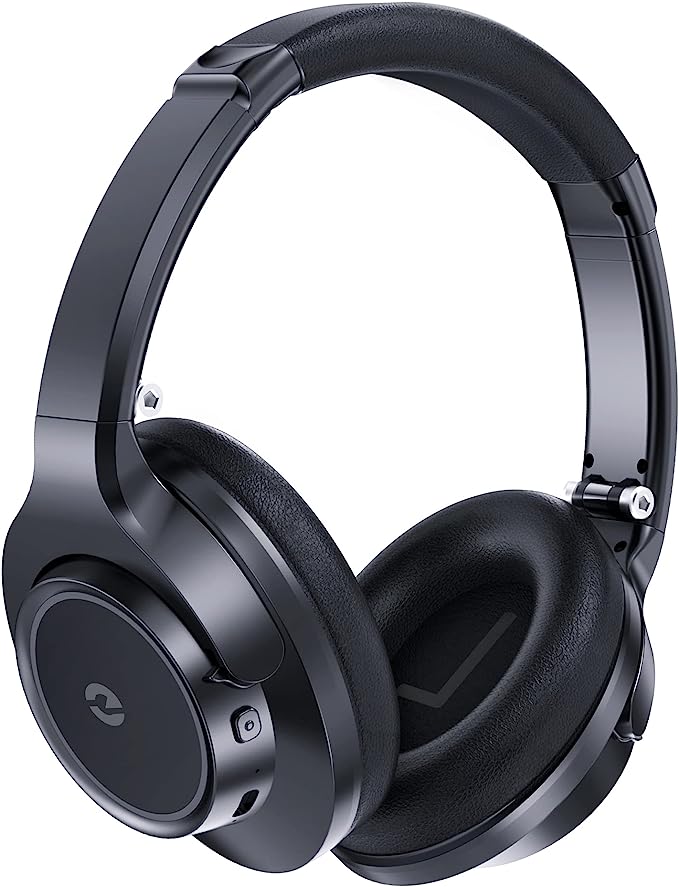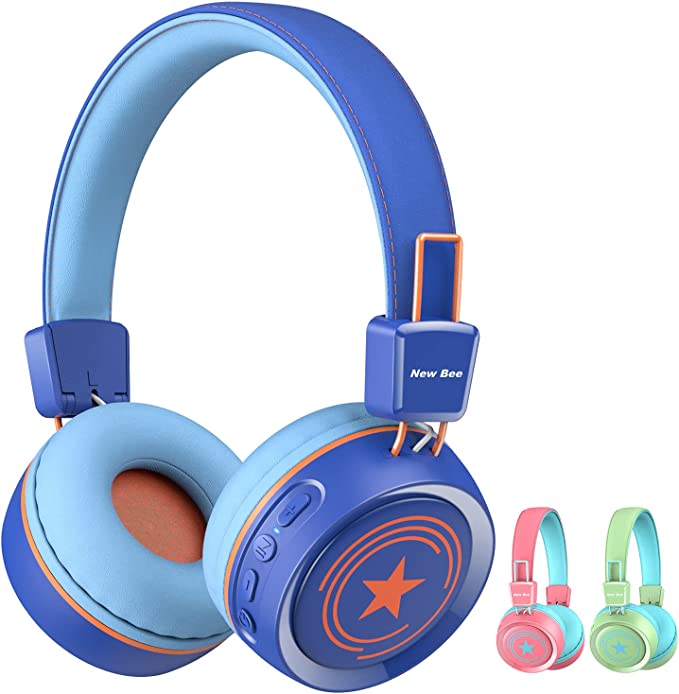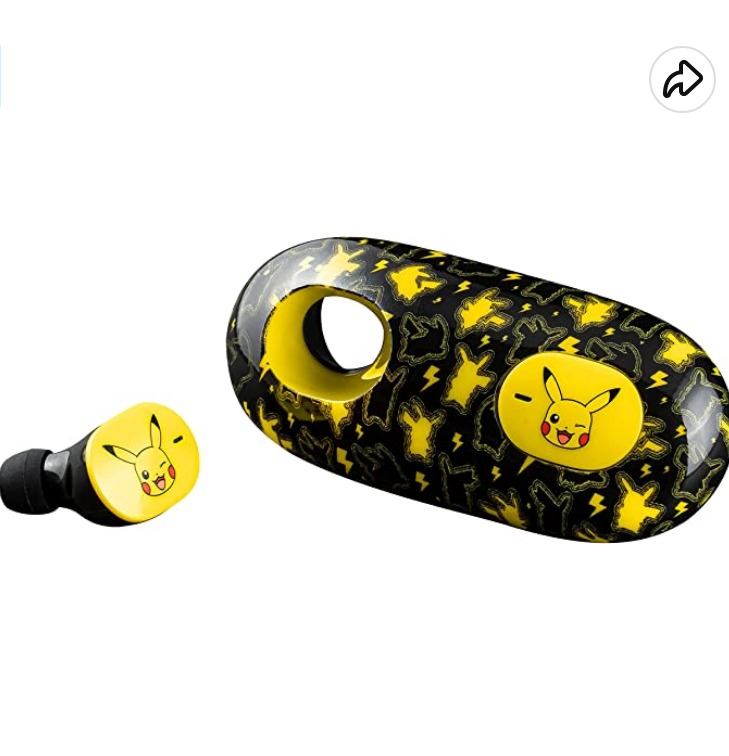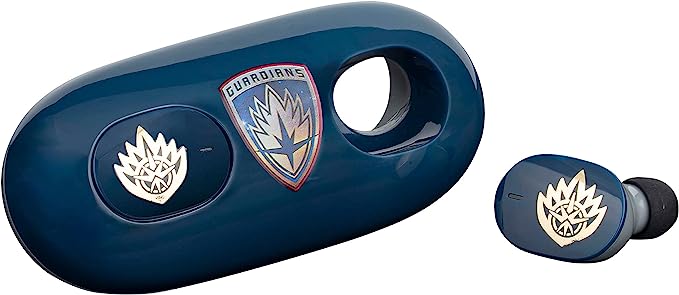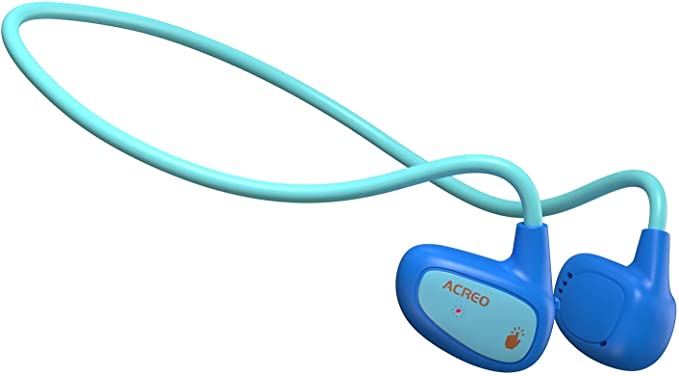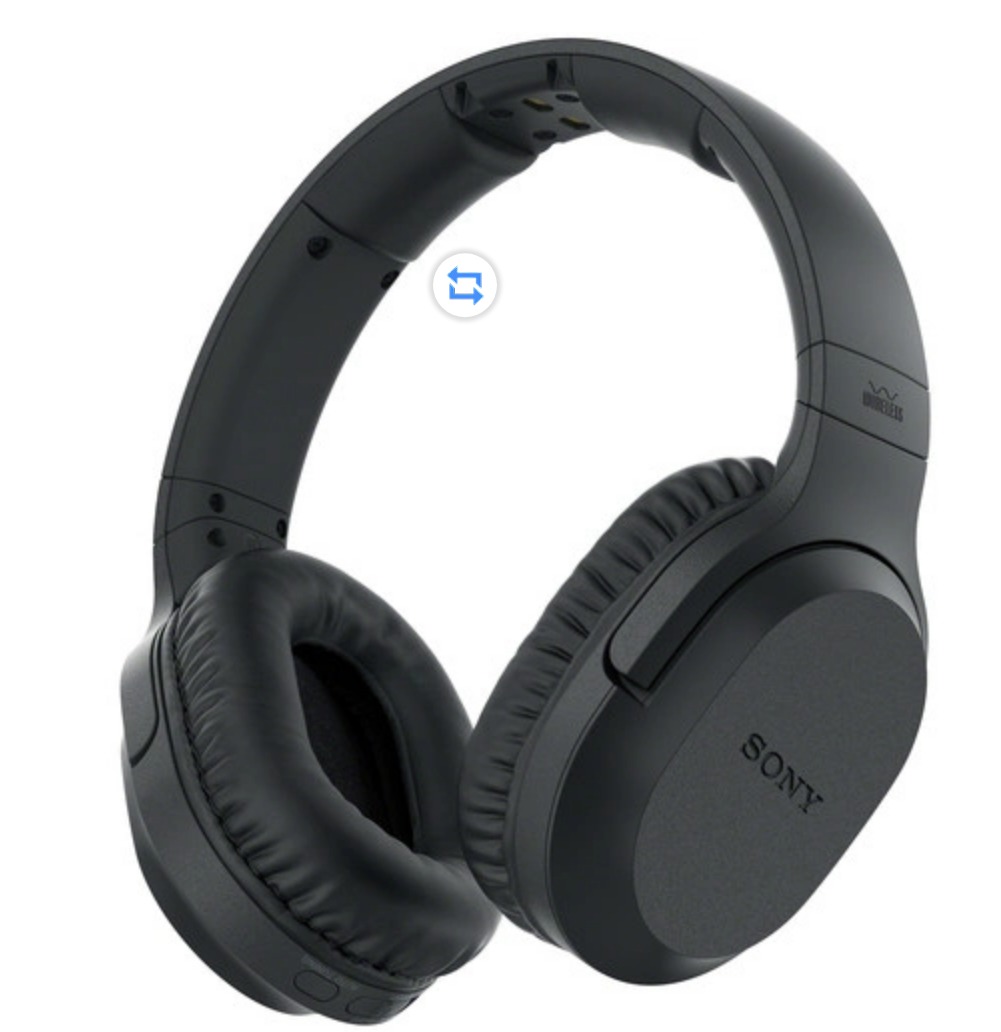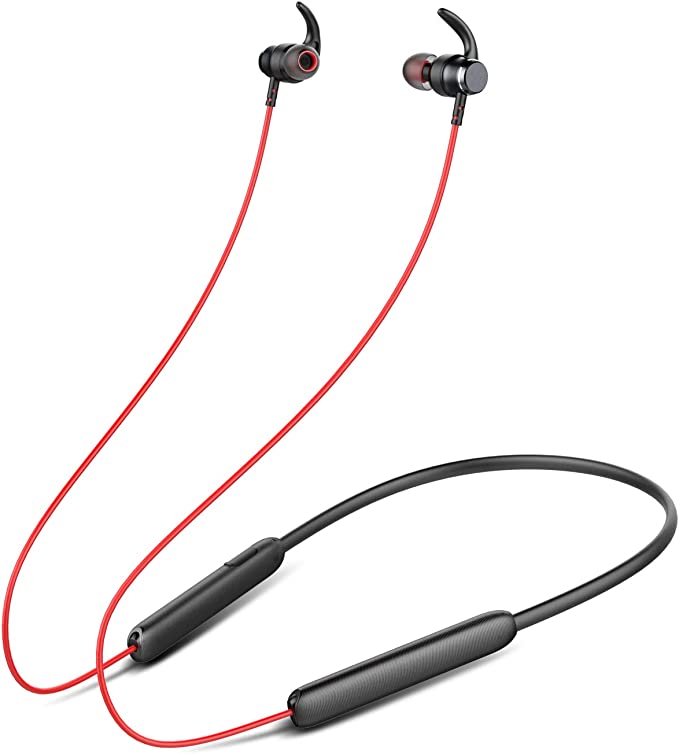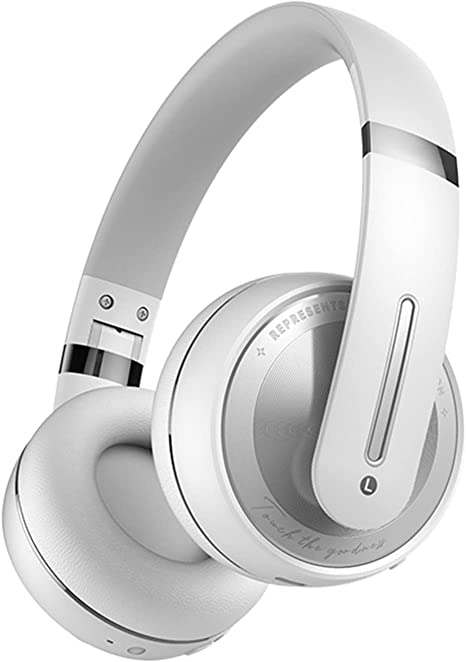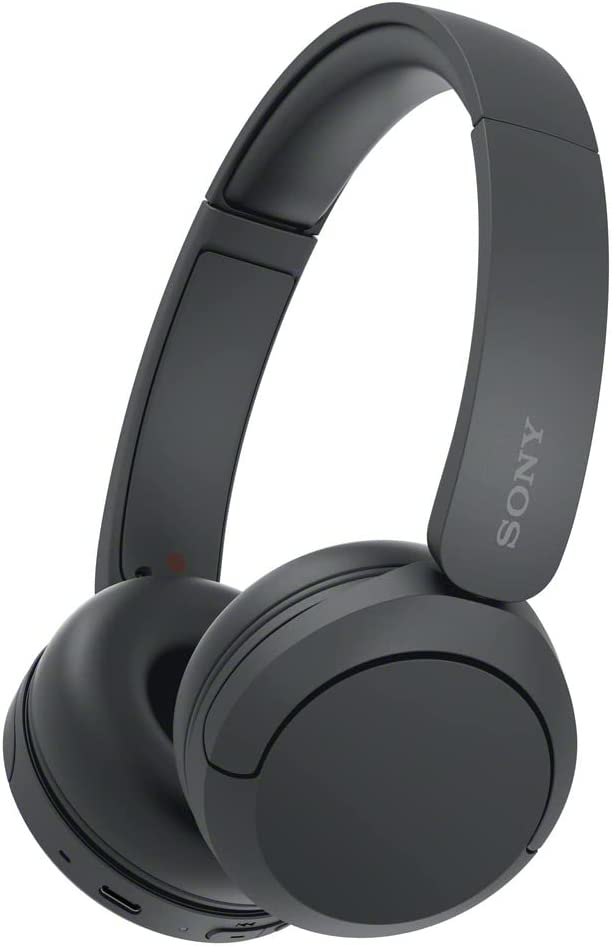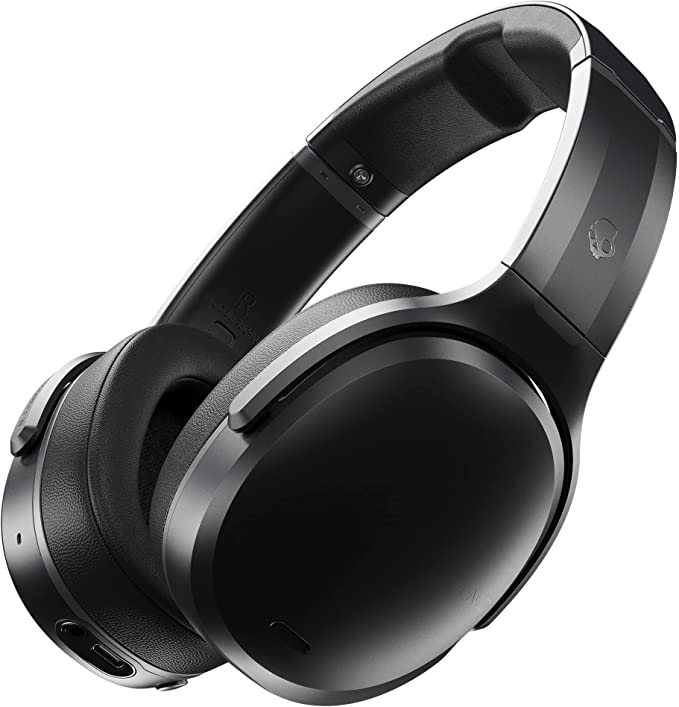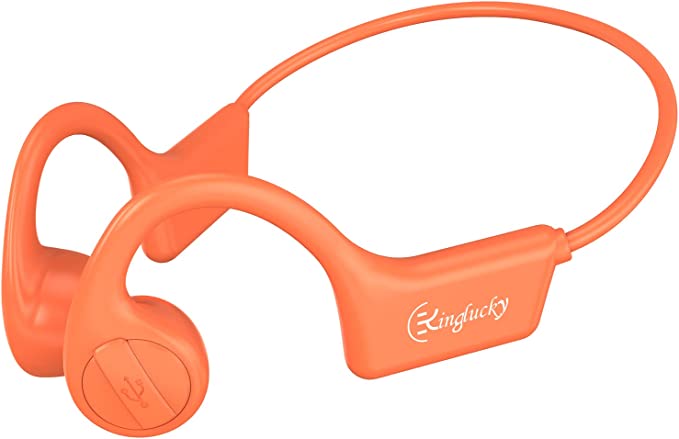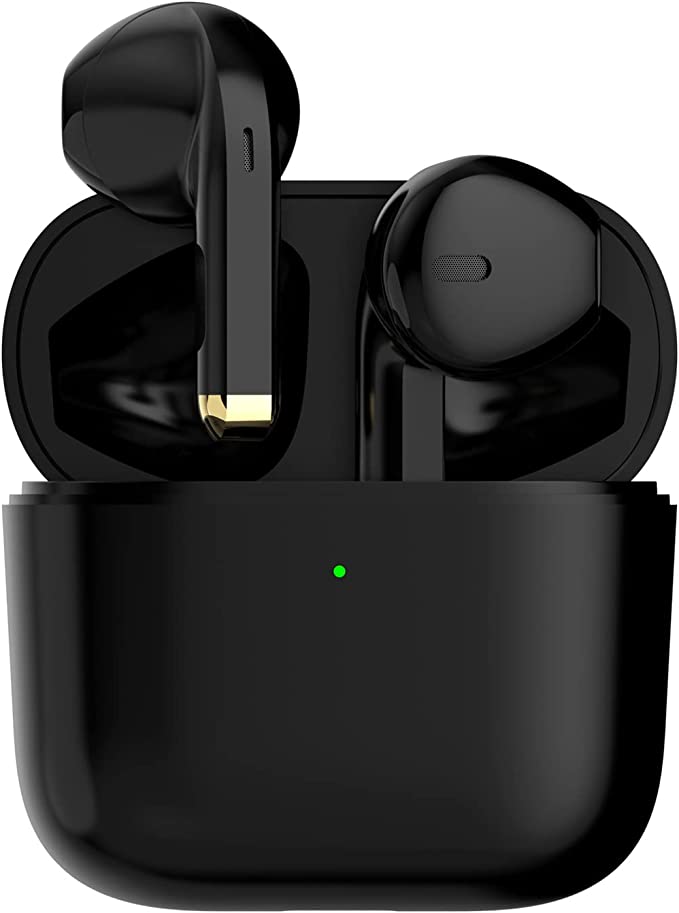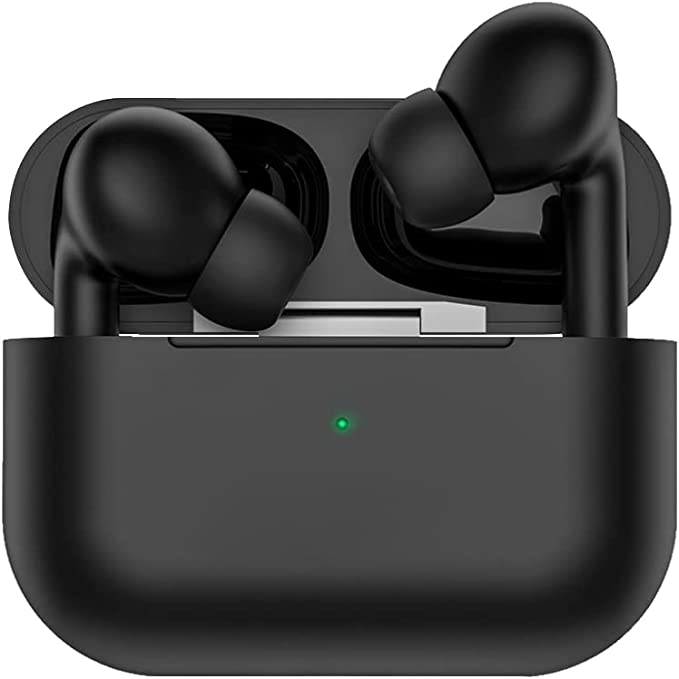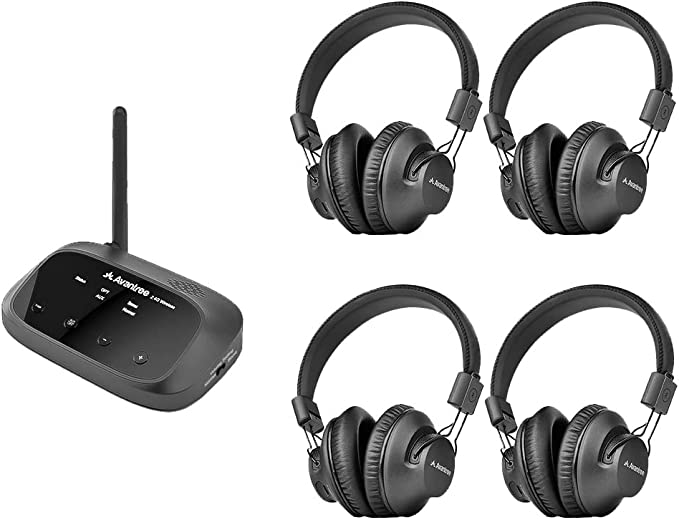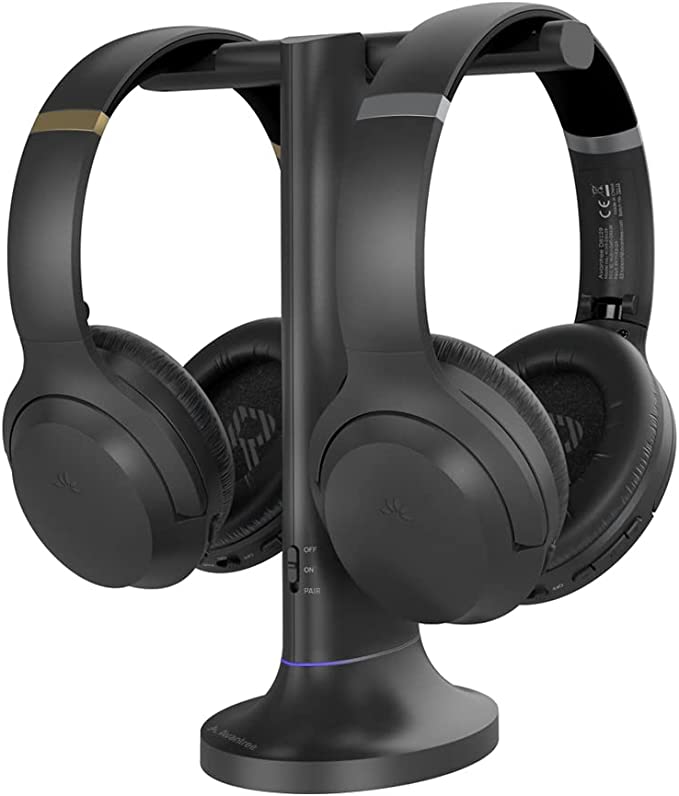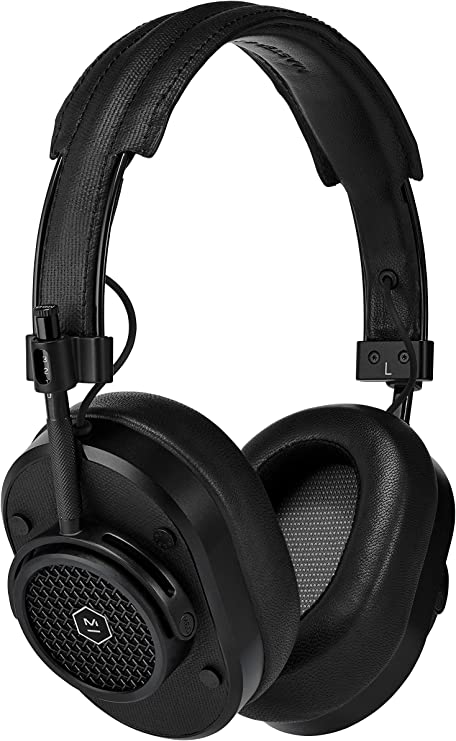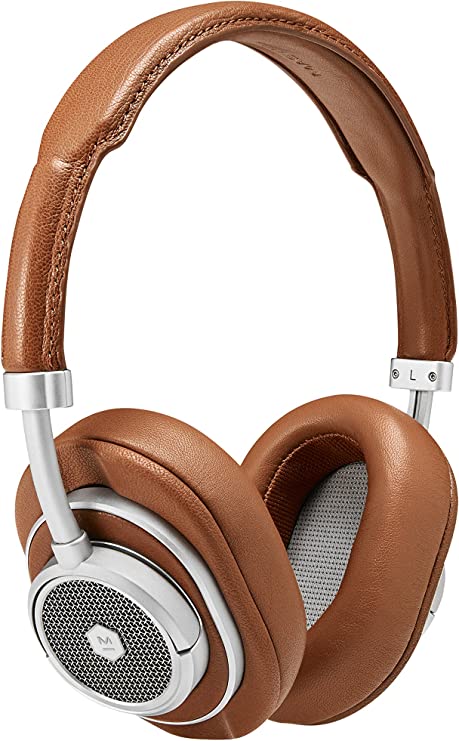Riwbox CT-7 Cat Ear Headphones: Wireless Fun and Safe Sound for Kids
Update on Feb. 19, 2025, 8:14 a.m.
Lily loved sound. The chirping of birds in the morning, the rustling of leaves in the wind, the happy meows of her kitten, Mittens – all of it filled her world with wonder. But her favorite sound of all was music. She loved to put on her headphones and get lost in a world of melodies, rhythms, and lyrics. But Lily’s parents knew something important: they knew that protecting her young ears was just as important as letting her enjoy the music she loved.

The Vibration Dance: What is Sound?
Everything we hear, from the lowest rumble of thunder to the highest squeak of a mouse, starts with a vibration. Imagine a tiny drum. When you hit it, the drumhead vibrates, moving back and forth very quickly. These vibrations push and pull on the air molecules around them, creating waves – sound waves.
These waves aren’t like the waves you see in the ocean. They’re called longitudinal waves, meaning the air molecules vibrate back and forth in the same direction the wave is traveling. Think of it like a Slinky: if you push one end, the compression travels down the length of the Slinky, even though each individual coil only moves back and forth.
The speed of these vibrations is called frequency, and we measure it in Hertz (Hz). One Hertz means one vibration per second. The faster the vibrations, the higher the frequency, and the higher the pitch of the sound we hear. Humans can generally hear sounds between 20 Hz (very low, like a deep rumble) and 20,000 Hz (very high, like a whistle). The Riwbox CT-7 headphones are designed to reproduce this full range of sound frequencies, allowing kids to experience all the details in their music.
The strength of the vibrations is called amplitude. The bigger the vibrations, the more energy they carry, and the louder the sound. We measure loudness in decibels (dB). A whisper is about 30 dB, a normal conversation is around 60 dB, and a loud concert can be over 100 dB.

Ears: Our Amazing Sound Catchers
Our ears are incredibly complex organs that transform those invisible sound waves into the sounds we understand. Each ear has three main sections:
- The Outer Ear: This is the part you can see – the ear flap (pinna) and the ear canal. The pinna acts like a funnel, collecting sound waves and directing them into the ear canal.
- The Middle Ear: This is a small, air-filled chamber that contains the eardrum (tympanic membrane) and three tiny bones: the malleus (hammer), incus (anvil), and stapes (stirrup). When sound waves reach the eardrum, it vibrates, just like the drumhead we talked about earlier. These vibrations are then passed along by the three tiny bones, amplifying the sound.
- The Inner Ear: This is where the magic happens. The inner ear contains the cochlea, a fluid-filled, snail-shaped structure lined with thousands of tiny hair cells. When the vibrations from the middle ear reach the cochlea, they cause the fluid to move, which in turn bends the hair cells. These hair cells convert the vibrations into electrical signals that travel along the auditory nerve to the brain, where they are interpreted as sound.
Protecting Precious Ears: Why Kids are Vulnerable
Children’s ears are more susceptible to damage from loud noises than adult ears. The hair cells in the cochlea are delicate, and once they are damaged, they don’t regenerate. This means that hearing loss caused by loud noise is permanent. Because children’s auditory systems are still developing, loud sounds can have an even greater impact.
The World Health Organization (WHO) and other health organizations recommend that children be exposed to sound levels no higher than 85 dBA (A-weighted decibels) for a maximum of eight hours per day. Prolonged exposure to sounds above this level can lead to noise-induced hearing loss.

The Wireless Wave: Understanding Bluetooth
The Riwbox CT-7 headphones use Bluetooth technology to connect wirelessly to devices. But what exactly is Bluetooth? It’s a type of short-range radio wave technology that allows devices to communicate with each other without cables. Think of it like an invisible walkie-talkie for your headphones and your phone or tablet.
Bluetooth operates in the 2.4 GHz frequency band, the same band used by Wi-Fi. But unlike Wi-Fi, which is designed for high-bandwidth data transfer over longer distances, Bluetooth is optimized for low-power, short-range communication.
The Riwbox CT-7 uses Bluetooth 5.3, the latest version of this technology. Bluetooth 5.3 offers several advantages over previous versions:
- Enhanced Connection Stability: It’s less prone to interference from other wireless devices, providing a more reliable connection.
- Faster Data Transfer: While audio doesn’t require massive data transfer speeds, faster speeds can improve the initial pairing process and reduce latency (the delay between the sound being sent and when you hear it).
- Lower Power Consumption: Bluetooth 5.3 is more energy-efficient, which means longer battery life for your headphones. This is achieved through improvements in how devices negotiate connections and transmit data.
From Electricity to Melody: How Speakers Work
Headphones, like the Riwbox CT-7, use tiny speakers called drivers to convert electrical signals back into sound. Inside each earcup is a driver that contains a diaphragm (a thin, flexible membrane), a voice coil (a coil of wire), and a magnet.
When an electrical signal from your device (carrying the music) reaches the voice coil, it creates a fluctuating magnetic field. This magnetic field interacts with the permanent magnet, causing the voice coil to move back and forth. The voice coil is attached to the diaphragm, so as the voice coil moves, it vibrates the diaphragm. This vibration creates sound waves in the air, just like our drumhead example, and those waves travel to your ears.
The Riwbox CT-7 uses 40mm drivers. Generally, larger drivers can move more air, which can result in better bass response and a fuller sound. However, driver size isn’t the only factor determining sound quality; the quality of the materials and the overall design of the headphones also play a significant role.

More Than Just Looks: The Science Behind the Design
The Riwbox CT-7 headphones aren’t just about cute cat ears (although those are pretty adorable!). The over-ear design is important for several reasons. First, it creates a seal around the ear, which helps to passively block out some external noise. This means you don’t have to turn the volume up as high to hear your music clearly, further protecting your hearing. Second, over-ear headphones are generally more comfortable for extended wear than in-ear headphones, as they don’t put pressure directly on the ear canal.
The materials used in the headphones are also important. The earcups are padded with soft, protein leather-like material, which is gentle on the skin. The headband is adjustable to ensure a snug but comfortable fit for different head sizes.

Lily’s Journey Continues: Safe and Sound Adventures
Now, with her Riwbox CT-7 headphones, Lily could enjoy her music without her parents worrying. The colorful, flashing LED lights on the cat ears (powered by tiny, energy-efficient Light Emitting Diodes that change color based on the electrical current) made listening even more fun. She could dance around her room, wirelessly connected to her tablet, without getting tangled in cords. And when she needed to focus on her online classes, she could switch to wired mode using the included audio cable, ensuring a stable connection even if the battery was low.
Lily’s parents were relieved. They knew that the Riwbox CT-7 headphones, while not explicitly stating a specific decibel limit, provided a sound level appropriate for children, as confirmed by numerous positive user reviews. They also appreciated the durable construction, knowing that the headphones could withstand the wear and tear of everyday use.
Choosing Wisely: A Guide for Parents
Choosing the right headphones for your child is an important decision. Here are some key things to consider:
- Safe Volume Levels: Look for headphones that are designed for children and have a maximum volume output of around 85 dBA. While the Riwbox CT-7 does not explicitly state a decibel limit, user reviews indicate a safe listening level.
- Comfort: Choose headphones that are lightweight and have soft, comfortable earcups and an adjustable headband.
- Durability: Kids can be tough on their belongings, so look for headphones that are made from durable materials.
- Wireless vs. Wired: Wireless headphones offer convenience and freedom of movement, but wired headphones don’t require batteries.
- Design: Let your child have a say in the design! Fun features like the Riwbox CT-7’s cat ears can make wearing headphones more enjoyable.
By understanding the science of sound and choosing headphones designed with safety and enjoyment in mind, you can help your child experience the joy of music while protecting their precious hearing.

